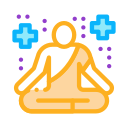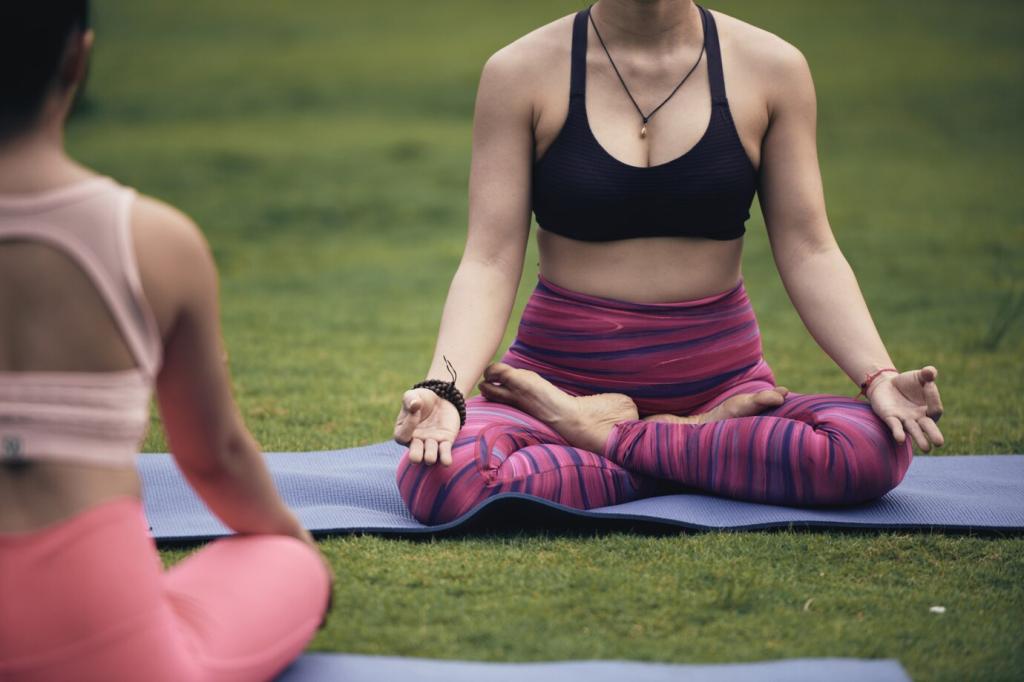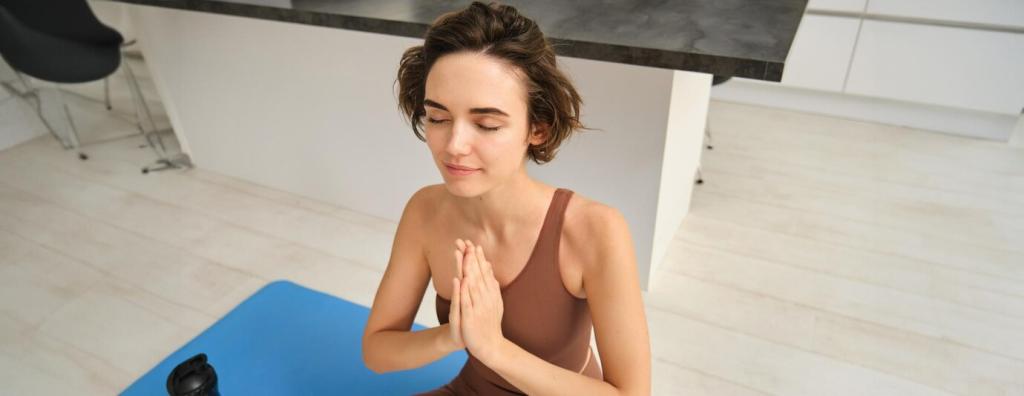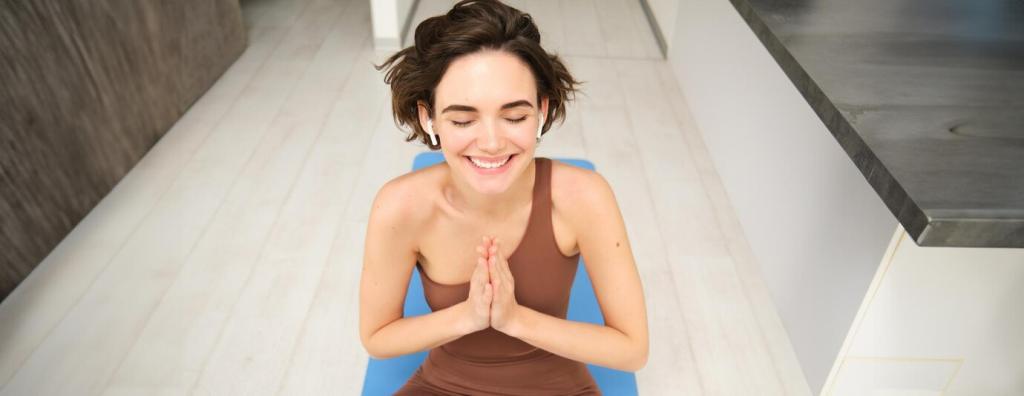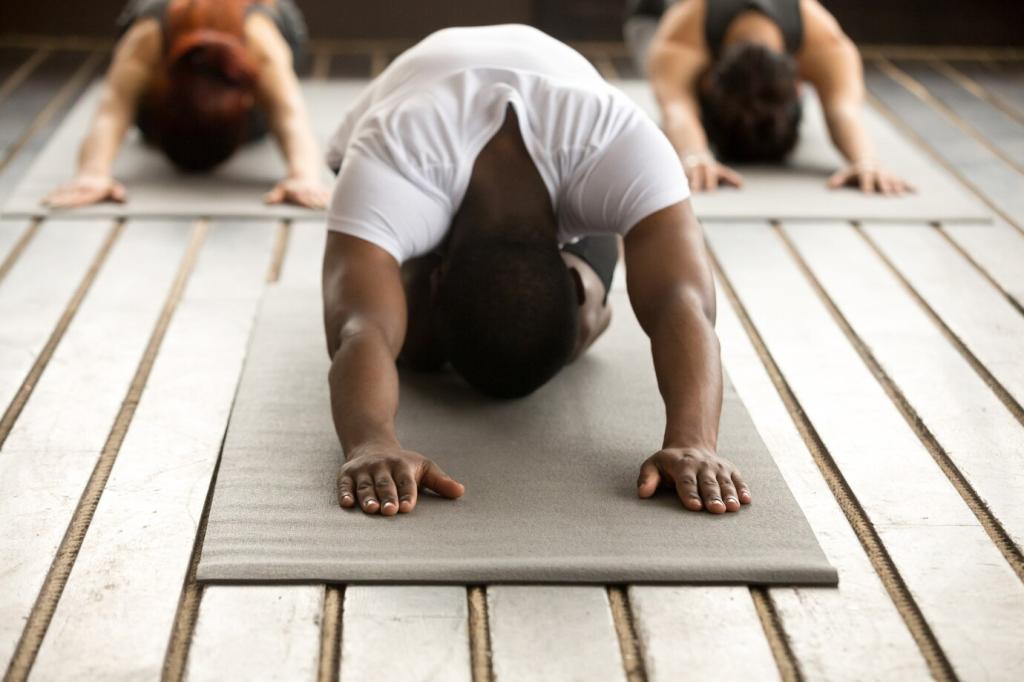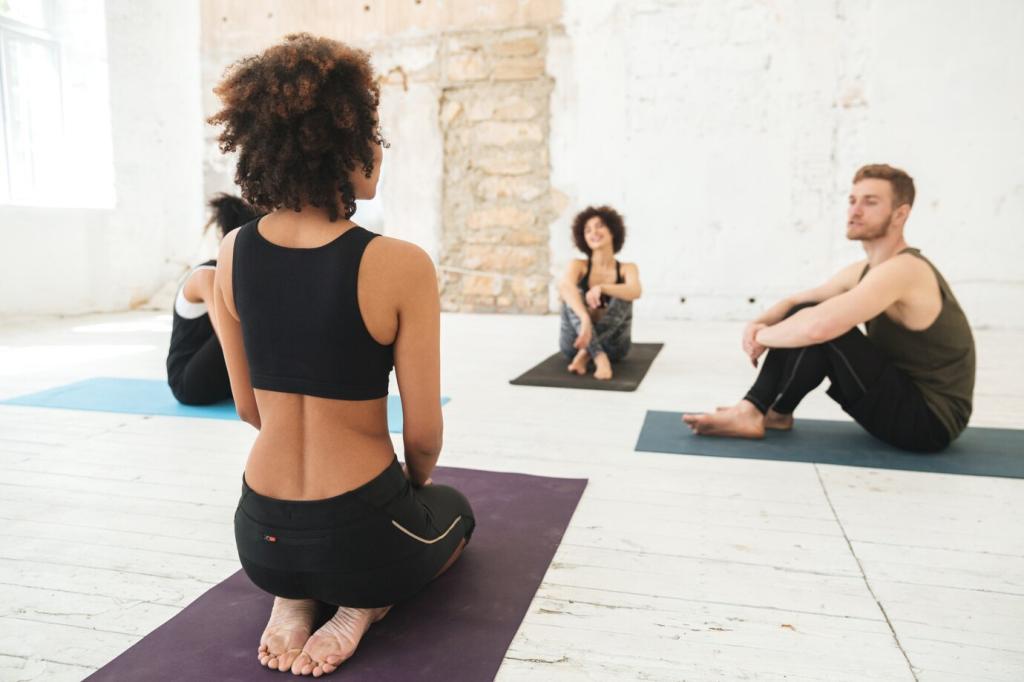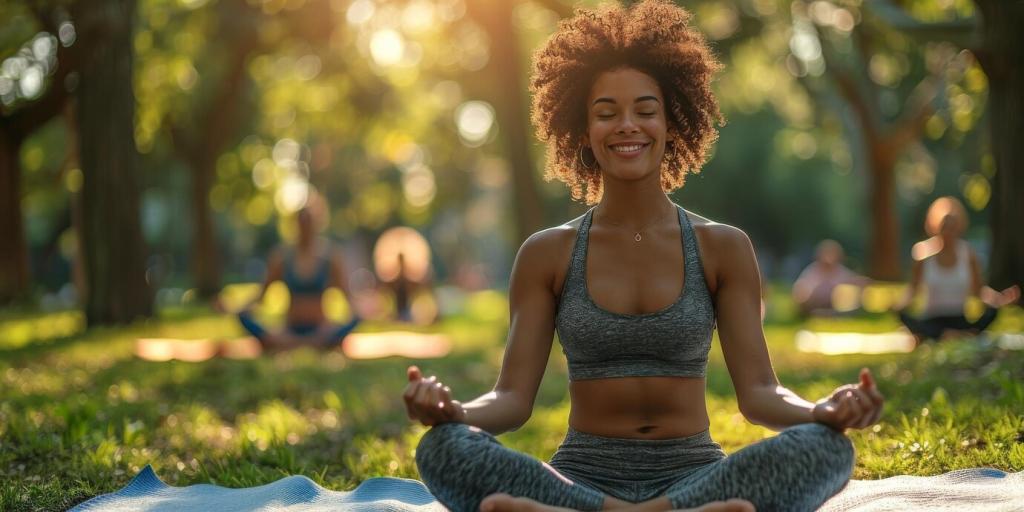Gentle Flows that Calm the Mind
On hands and knees, arch and round the spine with smooth inhales and exhales. Match motion to breath, easing neck and back tension. A student once said, “Five mindful rounds erased my deadline panic.” Try it now and share your experience.
Gentle Flows that Calm the Mind
Place hands on the desk, step back, lengthen the spine, and breathe slowly. This miniature flow relieves shoulder strain and mental clutter between emails. Two minutes can reset your day. If it helped, drop a quick note to encourage someone else.
